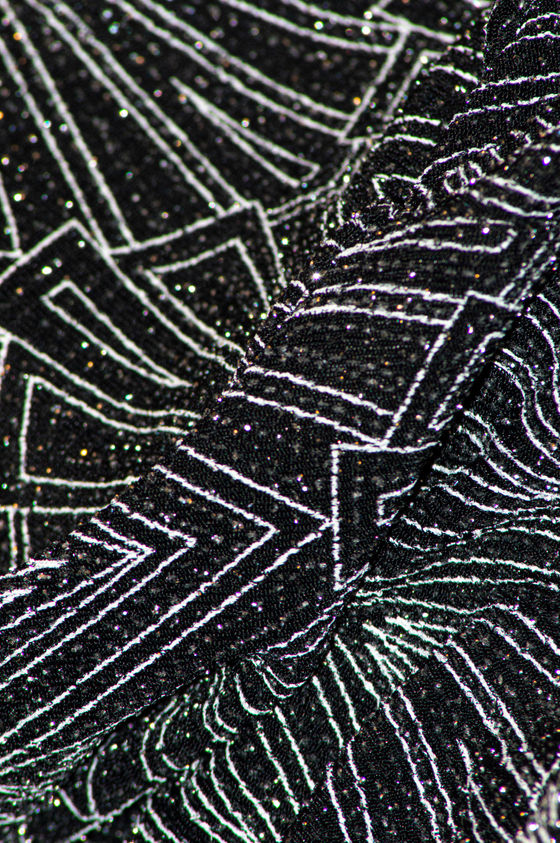CONSEQUENCE
Food and clothing are fundamental to our existence and are both managed on a vast global industrial scale. We are all aware of peculiarities of food distribution in the way that what we eat may have been grown in a field nearby, but will have usually travelled hundreds if not thousands of miles before it ends up on the plate in front of us. Lots of people are countering this by growing much more of their own produce if they can, or buying locally sourced food from farmers markets and so on, but we rarely think of clothing in the same way. It seems totally acceptable for millions of people to buy clothes on a monthly or weekly basis – adding something to the wardrobe, or just buying something for instant gratification. Huge stores feed our need in out of town shopping malls and on-line markets that deliver billions of items to our doorstep in a never ending continuum. Clothes are thrown out after the first wash, taken to charity stores, redistributed around the world to impoverished nations and the less fortunate. Indigenous cultures in remote places wear Adidas, Nike and Topman. National costume and cultural identifiers have been replaced by our cast-offs. The irony here is that the act of kindness isn’t saving any of us. We don’t need to be employing children in sweatshops to be making jeans that we buy to replace the ones that are being worn today, that are still blue and aren’t ripped, unless we bought them like that to create an illusion of having something worn out - that is in fact brand new.
In an attempt to express this concern, I have been photographing clothes placed in the natural environment. The juxtaposition between the vibrancy of the garments and the world that surrounds them sits oddly and draws our attention to the idea of clothing as decoration.













